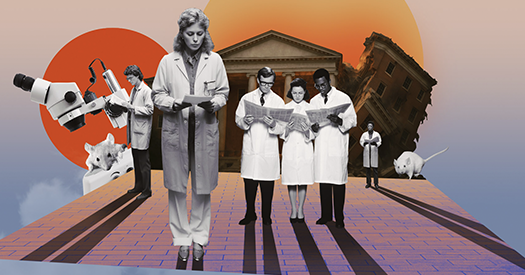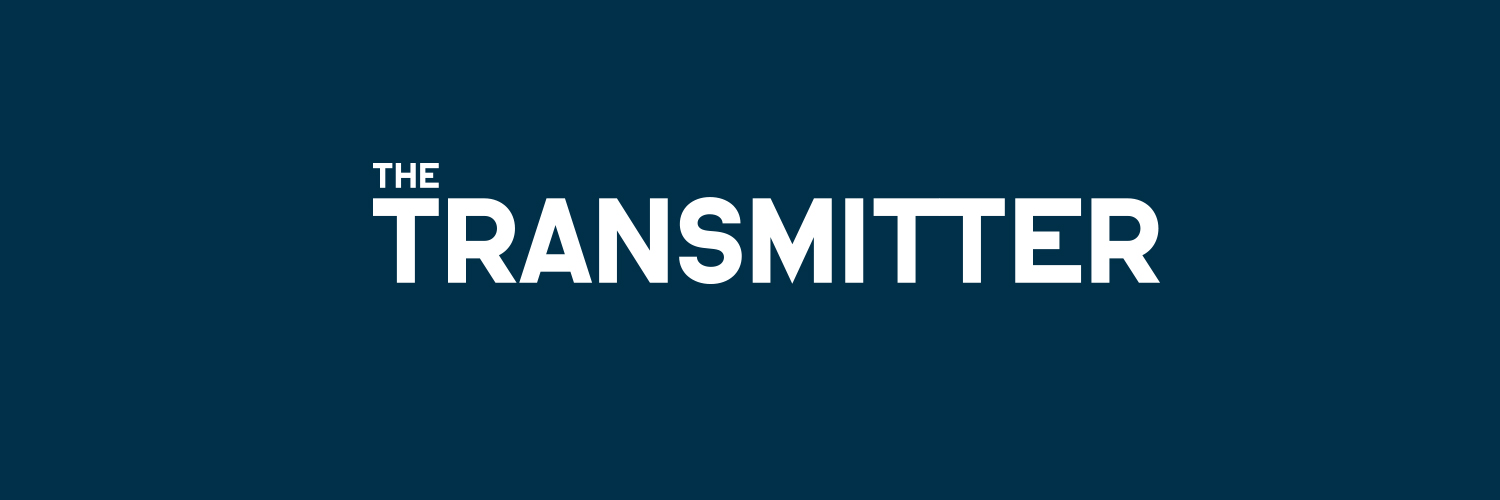
The Transmitter
@_TheTransmitter
Dedicated to helping neuroscientists stay current and build connections. Subscribe to receive the latest news and perspectives on neuroscience: http://bit.ly/3Yff5m4
Helping scientists at all career stages is part of The Transmitter’s mission. In collaboration with @neuromatch, we’ve put together a survey to better understand how to support early-career researchers. Your voice matters. Make sure it’s heard: thetransmitter.org/early-career-r…
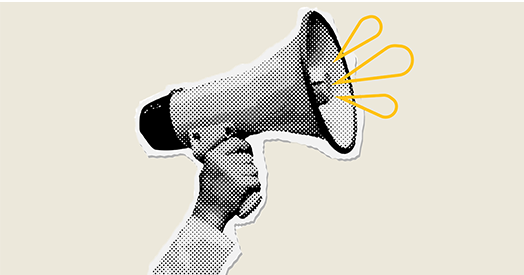
Computational sciences can offer a unique opportunity for democratized access and participation, but we are currently falling far short of that goal, writes @neuromatch's Megan A. K. Peters and Bradley Roberts. thetransmitter.org/education/how-…
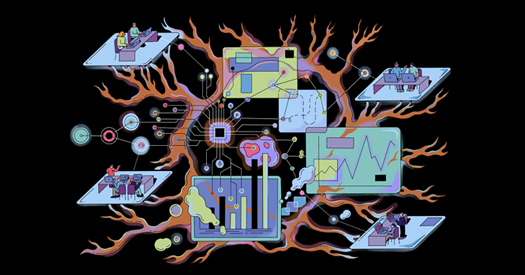
The Transmitter @_TheTransmitter wants to hear from neuroscience PIs around the world to find out where they get their funding for basic research. #neuroscience thetransmitter.org/funding/quanti…

An exciting collaboration is underway. Neuromatch is partnering with @_TheTransmitter to serve the computational neuroscience community and help connect neuroscientists across all career stages. Sign up for our joint quarterly newsletter: buff.ly/wZLH6k8
Victoria Abraira @VAbraira reflects on a paper from Charles Zuker’s lab that made her wonder which aspects of somatosensory circuits are hardwired, which are plastic and how we can change them, in our latest “This paper changed my life.” thetransmitter.org/this-paper-cha…
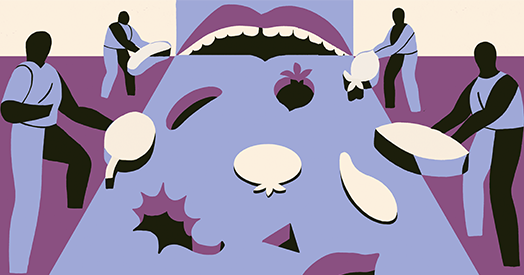
Embodiment is the concept that the function of the brain is inexorably shaped by the body, a lens that is often neglected when neuroscientists study specific brain subsystems, write @bingbrunton and John Tuthill. thetransmitter.org/neuroai/breaki…
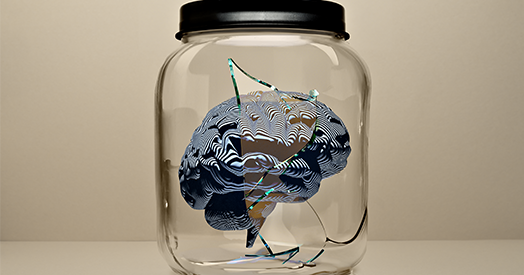
Neuroscience PIs: Help @_TheTransmitter understand the funding landscape by filling out this survey. thetransmitter.org/funding/quanti…

Gary Dunbar, a neuroscientist at Central Michigan University, has had to retract a paper on Alzheimer’s disease while in the middle of trying to replicate its findings. By @bborrell thetransmitter.org/publishing/alz…
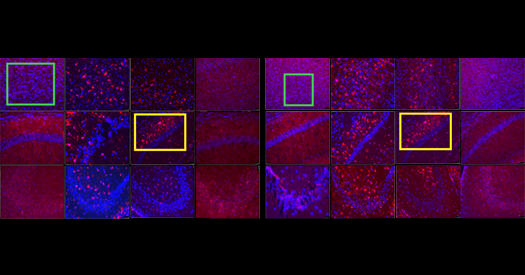
𝐖𝐡𝐚𝐭 𝐰𝐞'𝐫𝐞 𝐥𝐢𝐬𝐭𝐞𝐧𝐢𝐧𝐠 𝐭𝐨 @Neuroverse_Pod, Episode 101: Causality neuroversepod.com/podcast/episod…
New research suggests autism isn’t just one condition but at least 4 distinct subtypes, each with its own genetic signature and developmental trajectory. The findings could help pave the way for more personalized diagnoses and support. By @GiorgiaWithAnI bit.ly/4lXfbY7
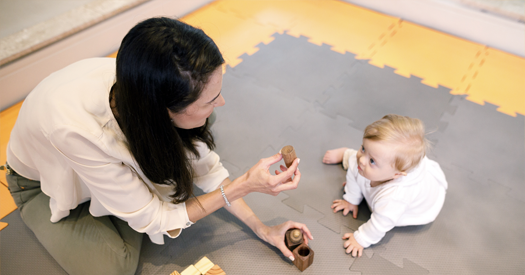
This month’s "Launch" newsletter features an essay by @sjo09 on the importance of reading (but not too much), Q&As with Ana Gonzalez-Rueda and @DrewKesner about their new labs, the latest job openings & more. Subscribe to receive the newsletter each month: thetransmitter.org/newsletters-al…
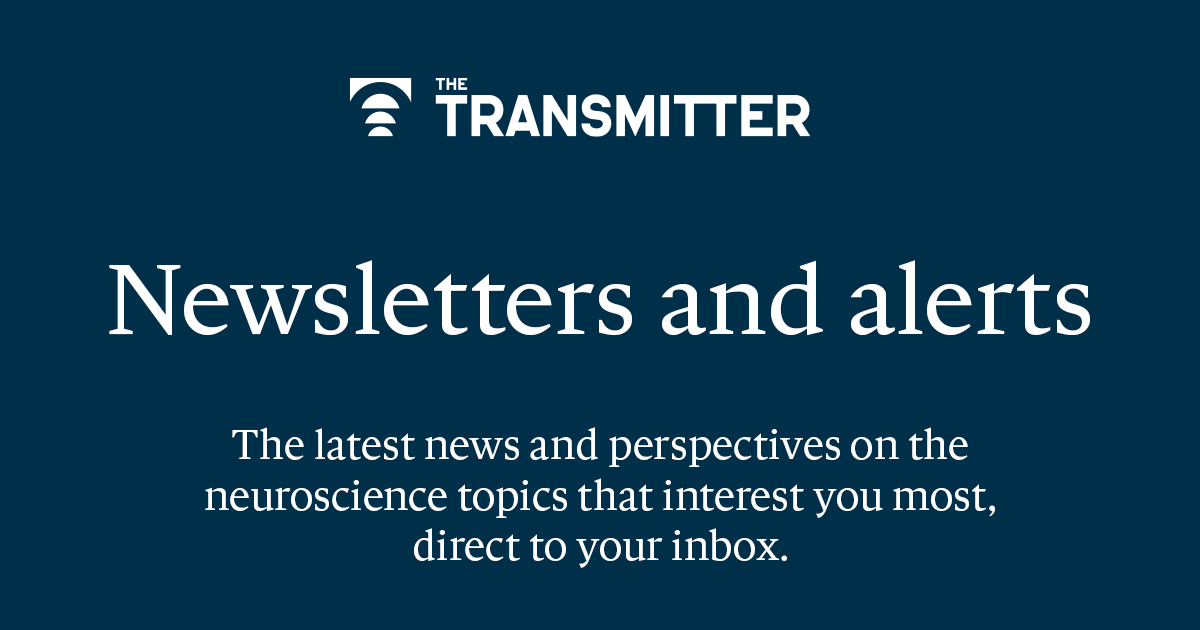
Paul Middlebrooks @pgmid talks with Keith Hengen and Woodrow Shew @ShewLab about their evolving views of brain criticality as a central organizing principle of cognition, development and learning. thetransmitter.org/brain-inspired…

In this month’s “Liftoff,” Ana Gonzalez-Rueda talks about the importance of taking care of the little things, and Andrew Kesner says that the real key to success lies in your collaborator community. By @FrankieRivera25 thetransmitter.org/liftoff-new-la…
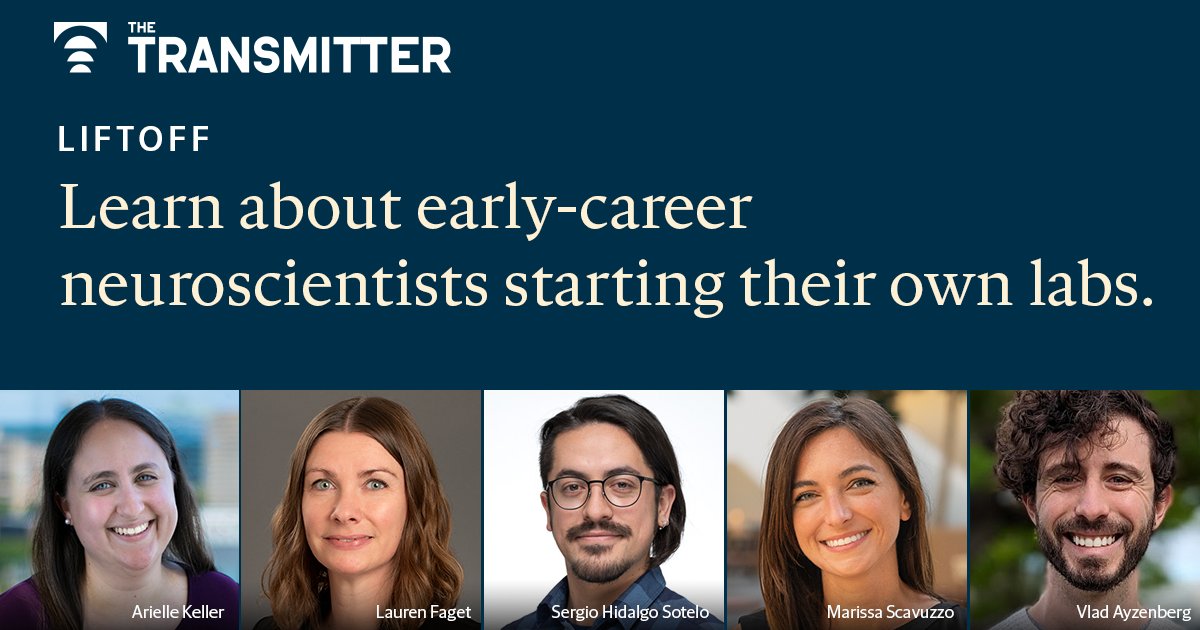
To identify fundamental neuroscientific principles that generalize across species, systems and circuits, neuroscientists must embrace an evolutionary perspective, argue Karl Farrow and @KatjaReinhard. thetransmitter.org/systems-neuros…
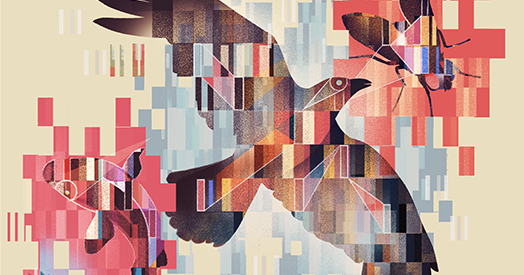
By manipulating specific neuropeptides, scientists turned burly defender ants into brood carers, revealing the molecular basis of a complex social system. By @ShaenaMontanari thetransmitter.org/social-behavio…
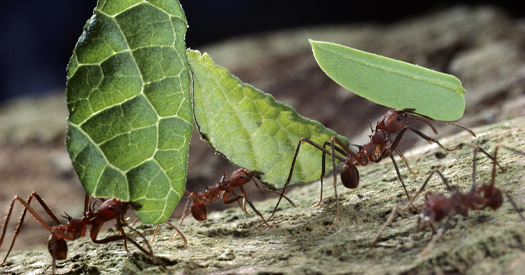
A new NIH mandate, announced last week, would get rid of funding opportunities that use animal research exclusively; neuroscientists worry this is premature. By @claulopezneuro thetransmitter.org/animal-models/…
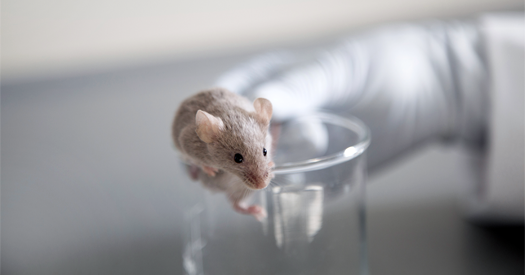
Removing gender variables from the ABCD Study counteracts its own goals by “pretending that some aspects of adolescent brain development don’t exist,” says Nicola Grissom. By @callimcflurry thetransmitter.org/gender/abcd-st…
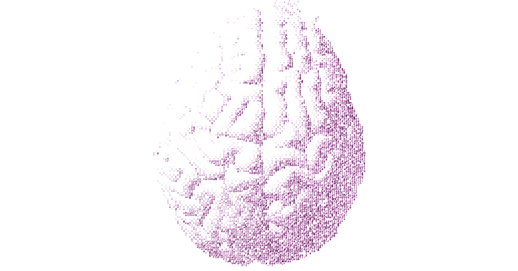
As much harm as a 40 percent cut to the NIH budget would have on scientific innovation, destroying the peer- evaluation system that decides what science is funded would be far worse, writes John Tuthill. thetransmitter.org/craft-and-care…
